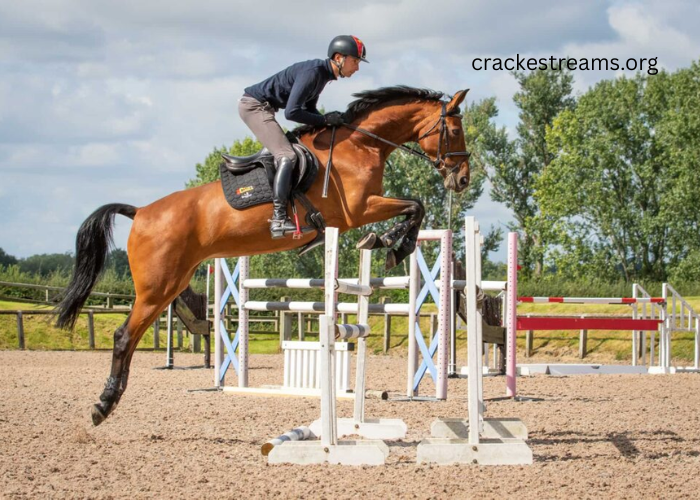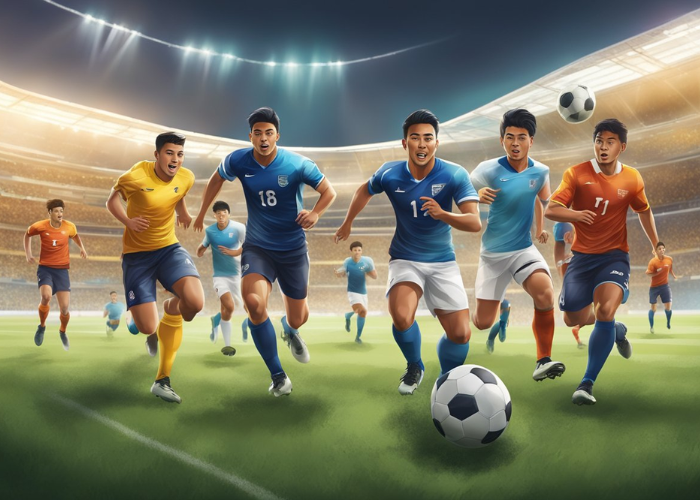Hockey, often dubbed as the fastest game on earth, is an adrenaline-pumping sport that captivates audiences worldwide. From the thunderous slap shots to the lightning-fast skating, hockey offers an electrifying experience for both players and spectators alike. But amidst all the action and excitement, one question lingers: How long are hockey games? Let’s dive into the intricacies of this beloved sport’s duration and uncover the various factors that influence game length.
Understanding Regulation Play
In its standard form, a regulation hockey game consists of three periods, each lasting twenty minutes of gameplay. These periods are separated by intermissions, typically fifteen minutes in length. Therefore, when factoring in the intermissions, the total duration of a regulation game can stretch to approximately one hour and fifty-five minutes. However, it’s essential to note that this timeframe is subject to variations due to several factors.
Factors Influencing Game Length
While the basic structure of a hockey game remains consistent, numerous factors can alter its duration:
- Stoppage Time: Hockey is known for its fast-paced nature, but the game frequently encounters stoppages due to penalties, offsides, icing, and referee timeouts. These interruptions can extend the overall length of the game significantly.
- Overtime and Shootouts: In the case of a tied score at the end of regulation play, overtime periods are introduced to determine the winner. Each overtime period typically lasts twenty minutes, with intermissions in between. If no team scores during overtime, a shootout may occur, adding additional time to the game.
- Commercial Breaks: Professional hockey leagues, particularly in North America, incorporate commercial breaks into their broadcasts. These breaks allow networks to air advertisements and generate revenue but also contribute to the elongation of game duration.
- Television Timeouts: In televised games, breaks are strategically inserted to accommodate broadcasters’ schedules. While these timeouts serve commercial interests, they also serve as opportunities for players to rest and strategize.
- Reviews and Challenges: With the introduction of video review systems, referees have the authority to review certain plays to ensure accuracy in officiating. While these reviews are crucial for fair play, they can extend the duration of the game.
- Game Pace: The tempo of a hockey game can vary depending on factors such as team strategies, player fatigue, and game situations. A high-paced game with minimal stoppages will likely conclude within the standard timeframe, whereas a slower-paced game may exceed the expected duration.
Analyzing Variations Across Leagues
Different hockey leagues around the world may have varying regulations and protocols that impact game length. For instance:
- NHL (National Hockey League): As the premier professional hockey league in North America, the NHL adheres to the standard three-period format with twenty-minute periods. However, the league has implemented changes over the years to streamline gameplay and reduce stoppages.
- IIHF (International Ice Hockey Federation): International hockey tournaments governed by the IIHF, such as the Olympics and World Championships, may follow slightly different rules regarding game duration and overtime procedures.
- Minor and Amateur Leagues: Leagues at the minor and amateur levels often adopt rules similar to professional leagues but may have variations to accommodate player development and scheduling constraints.
Strategies to Enhance Game Efficiency: Recognizing the potential for extended game durations, hockey stakeholders continually explore strategies to enhance game efficiency without compromising the integrity of the sport. Some initiatives include:
- Rule Modifications: Leagues may consider rule adjustments to minimize stoppages and maintain a brisk pace of play. For example, the NHL has implemented changes to faceoff procedures and goaltender equipment regulations to promote scoring opportunities and reduce delays.
- Technology Integration: Advancements in technology, such as instant replay and automated officiating systems, aim to expedite decision-making processes and minimize disruptions caused by reviews and challenges.
- Fan Engagement: While game duration is a critical consideration, maintaining fan engagement remains paramount. Leagues prioritize creating an immersive and entertaining experience for spectators through interactive features, in-game entertainment, and digital platforms.
- Broadcast Innovation: Broadcasting partners collaborate with leagues to optimize commercial breaks and integrate sponsorships seamlessly, ensuring a balance between revenue generation and viewer satisfaction.
Conclusion
In essence, the duration of hockey games can vary depending on a multitude of factors, including stoppages, overtime play, and league regulations. While the standard format comprises three periods of twenty minutes each, the actual length of a game may exceed this timeframe due to various influences. As hockey continues to evolve, stakeholders remain committed to enhancing game efficiency and maximizing the enjoyment of players and fans alike, ensuring that the thrill of the sport endures for generations to come.




